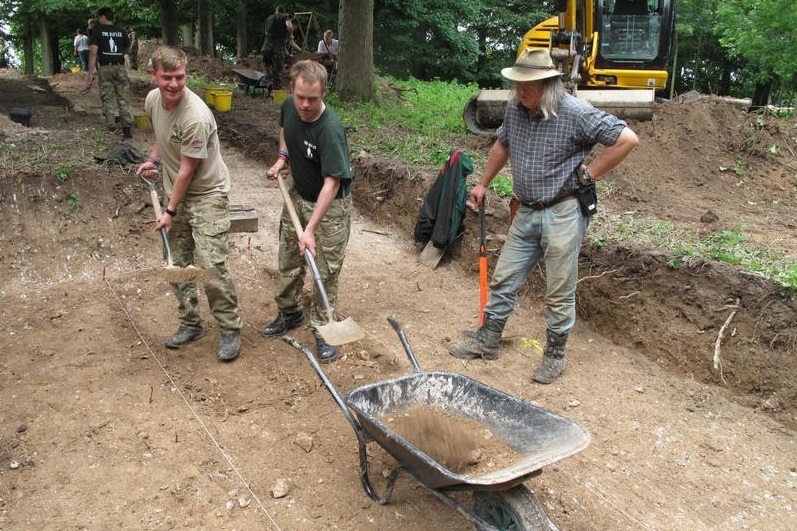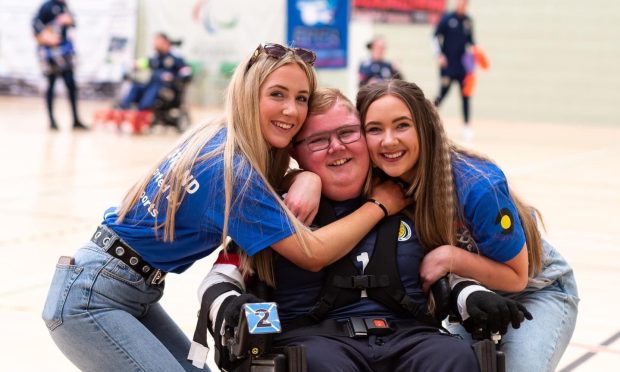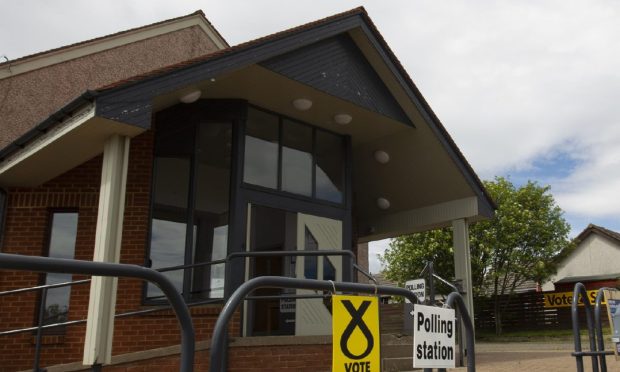Wounded Armed Forces personnel turned treasure hunters are helping to uncover trenches from the First World War in Angus.
They will identify the locations of trenches at Barry Buddon Training Centre, near Carnoustie, and look for artefacts to help accurately date them.
Similar digs elsewhere have included military debris such as soldiers’ personal kit, spent ammunition and remains of trench revetments.
The training trenches were used by soldiers to practise digging the trenches they would later have to construct and maintain on the Western Front.
The dig is taking place as part of Operation Nightingale, which sees wounded, injured and sick UK forces personnel and veterans take part in excavations across the defence estate in an aid to their recovery, guided by professional archaeologists.
Previous Operation Nightingale digs have included uncovering a Roman hypocaust heating system at Caerwent Training Area, excavating a downed Spitfire fighter on Salisbury Plain, and a Byzantine harbour at Dreamer’s Bay in Cyprus.
A spokesman for the Ministry of Defence said: “Operation Nightingale was established by the Defence Infrastructure Organisation and the Defence Archaeology Group and helps service personnel injured on operations, including Afghanistan, return to their unit or prepare for civilian life.
“Not only does the project benefit those taking part, it is also contributes to the MoD’s commitment to preserving and maintaining heritage assets.
“Remains found during the dig at Barry Buddon Training Centre will be recorded so they can be protected for the future.”
Operation Nightingale has won a British Archaeological Award in recognition of its innovative use of archaeological work to boost the recovery and career prospects of inured military personnel.
Last year it won the Historic England Best Community Action Award.










